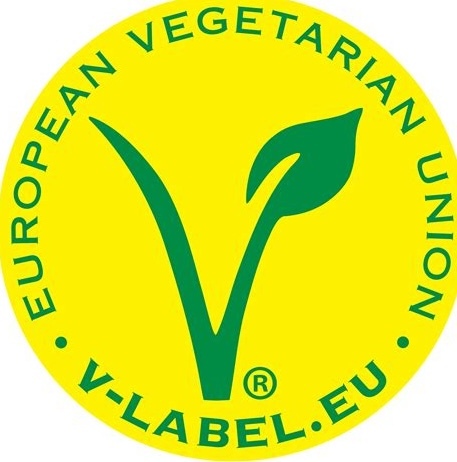I think this dynamics shows up with masto as well. When the response on the other service does not tag the community, it doesn’t arrive here.
Martín
On the Fediverse also as @mapto@qoto.org
Можете да намерите и като @mapto@masto.bg
Abito in Italia @mapto@feddit.it
- 6 Posts
- 48 Comments
Just trying not so confuse realistic testing with self-deception :) Not convinced testing with synthetic data can pretend to be similar to a production environment.
It is not realistic to replicate a production setup in development when you’re working with sensitive user data. I’ve worked in different contexts (law enforcement, healthcare, financial services) where we’ve had complicated setups (in one instance including a thing called pre-staging environment), but never would a sizeable team of developers have access to user data, and thus to a realistic setup in terms of size, let alone of quality of data.

 3·2 months ago
3·2 months agoI’m sorry, but doesn’t sound very convincing. The strongest (reiterated) argument is “venv is standard”, but so is docker.
Thanks, corrected

 1·4 months ago
1·4 months agoThanks. I didn’t know this and it is very useful information.

 1·4 months ago
1·4 months agoEven if so, your unreasonably pessimistic assumption is that this would be an exclusive source of revenue. Once content is created, cross-posting is free.

 1·4 months ago
1·4 months agoThanks for doing the maths. Actually, it does show that there’s a small, but unexploited market here. $2-3K a month is a very good income for the most of the world. And this doesn’t have to be the only revenue stream.

 1·4 months ago
1·4 months agoCould you elaborate, please. I’m genuinely interested
Looks exciting, and the basic example in the user guide seems more intuitive than pandas. Looking forward to see how it’s going to integrate with bokeh and plotnine, though.
I guess you misunderstood my providing illustrative examples in parentheses. Replace or remove the examples, the argument is still valid.
In another subthread they’ve pointed out that processing food also changes its protein density, most obviously by water transfer.
This is not a problem with the nutrition of foods, it is the metric that is poorly designed. One more argument against the chart
Your seem to insist to twist this towards vegan wars, but this is you. It’s not the graphics, it’s not me.

 2·5 months ago
2·5 months agoUpfront analysis and design is very close to independent from the technology, particularly at the I/O level
What’s wrong with reducing density through absorption (of water)?
To me it seems that your interpretation completely disregards the Y-axis. On the other hand, I wouldn’t think the colour coding does a good job in separating along the carnivorous-vegetarian-vegan scale.

 51·5 months ago
51·5 months agoQ: what do we do? A: profile and decompose. Should not be that distant as a thought
So much wrong about this chart. It is factually correct, but it answers the wrong question.
This chart makes it way too easy to optimise for cheap protein, which is misleading. It is not this what it takes to have a healthy organism. It takes a varied diet, with balanced quantities of liquids (see milk), vitamins (see sprouts), fatty acids (see salmon), minerals (see shrimps, eggs, walnuts), actually carbs (potatoes, rice, spaghetti), and much more…









I didn’t realise. Was not paywalled for me on the phone.